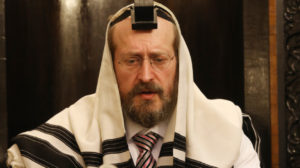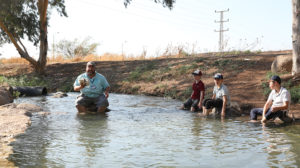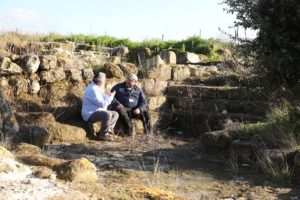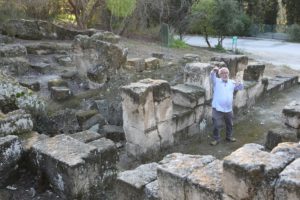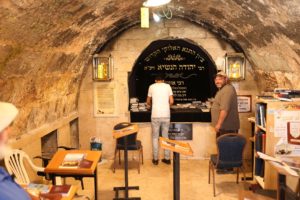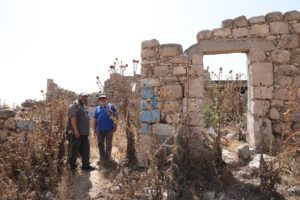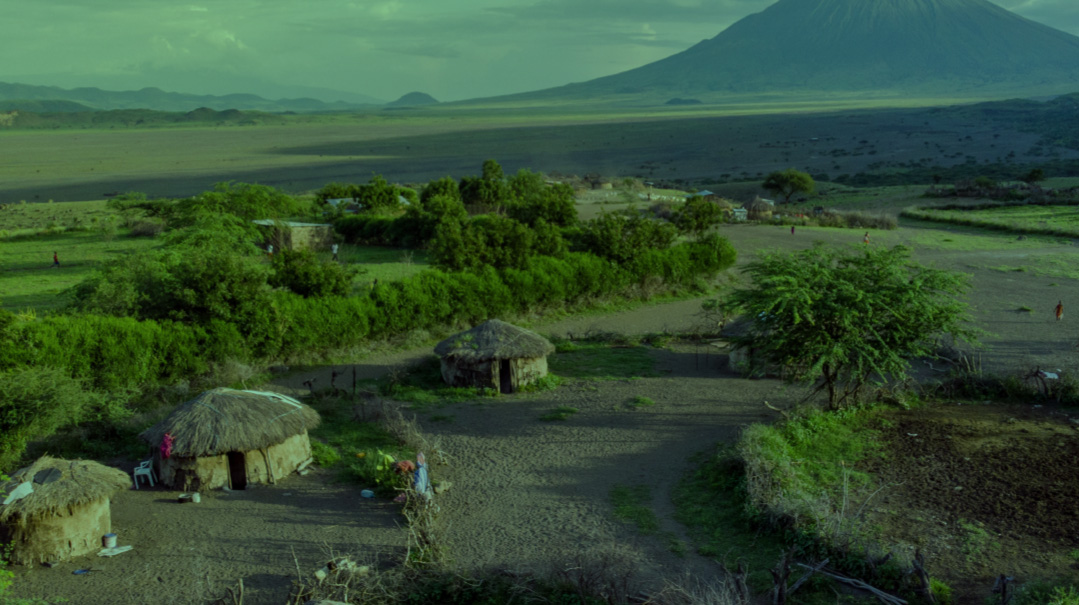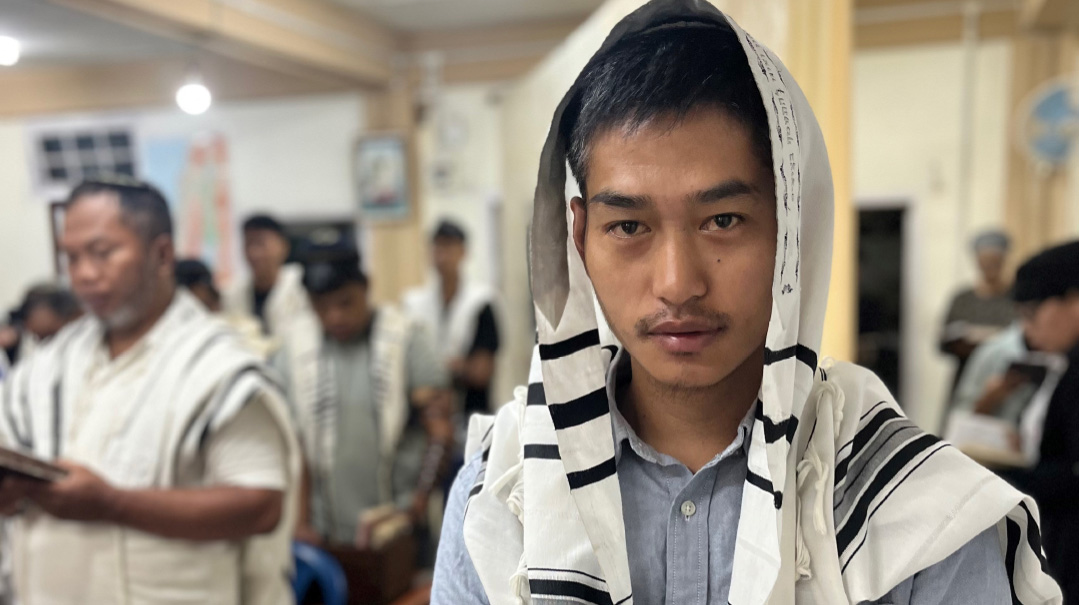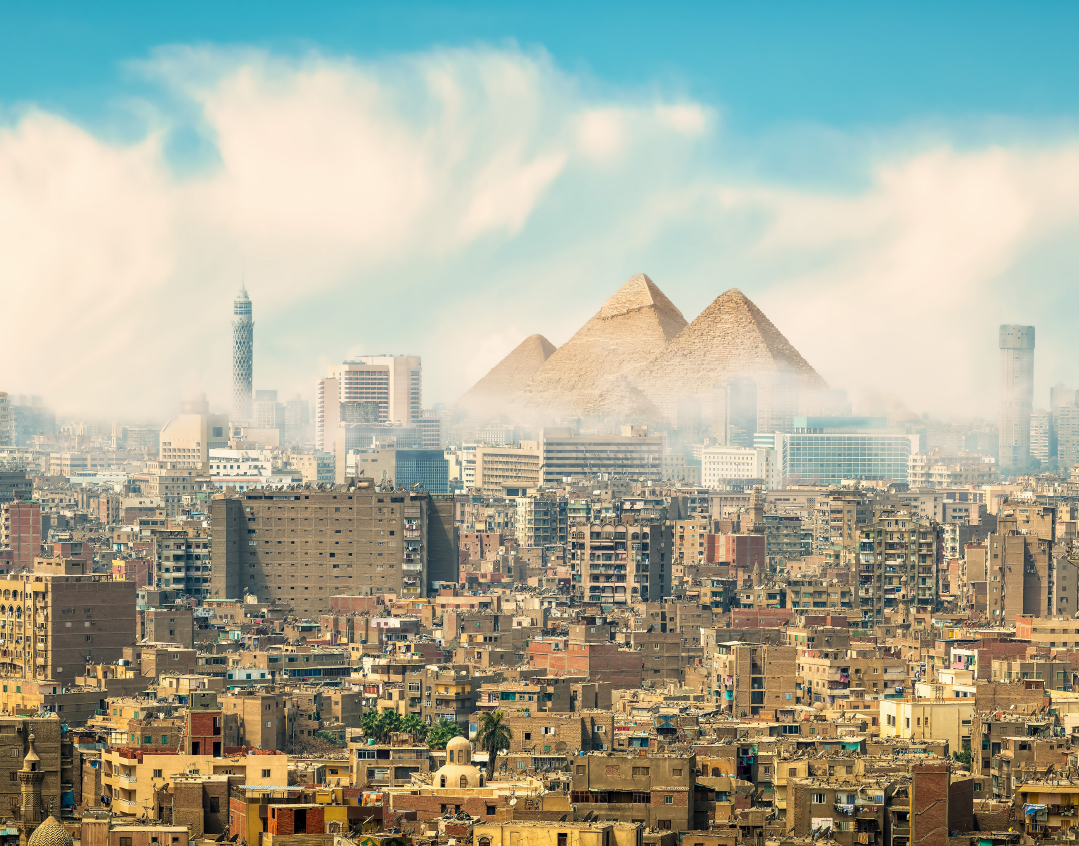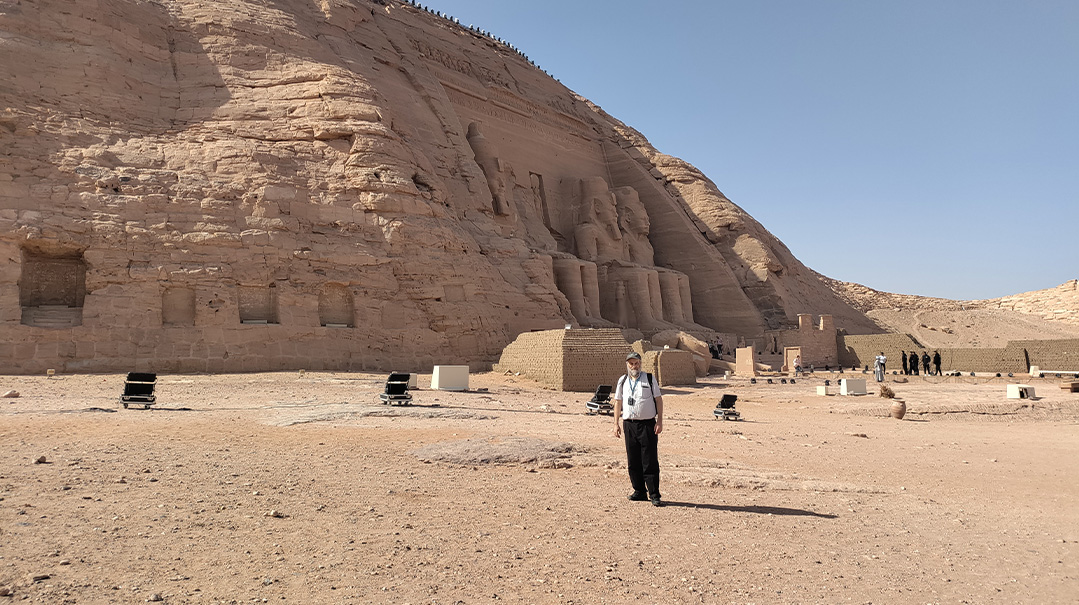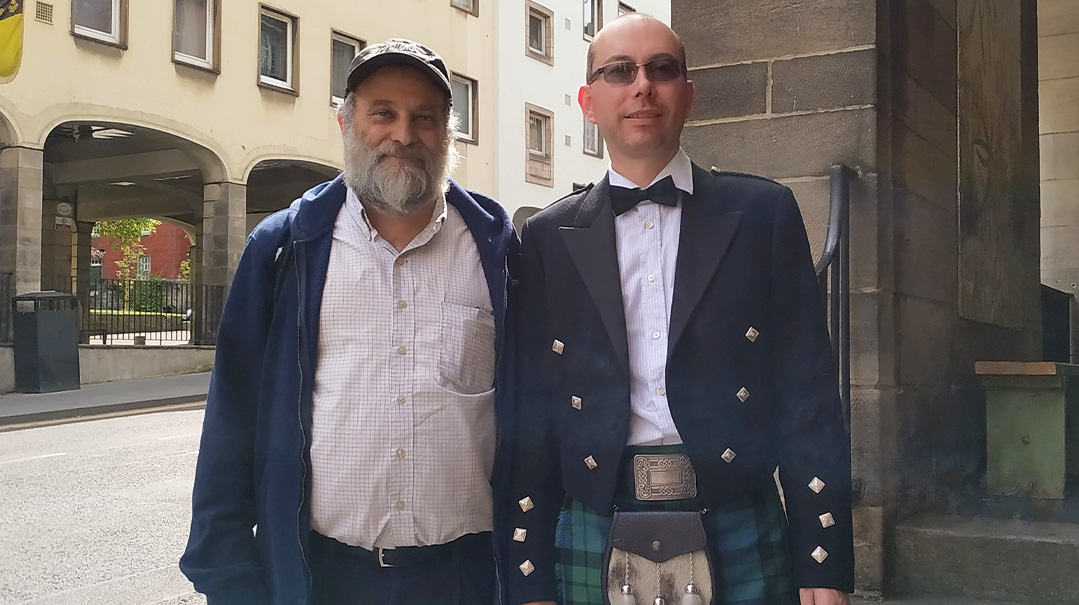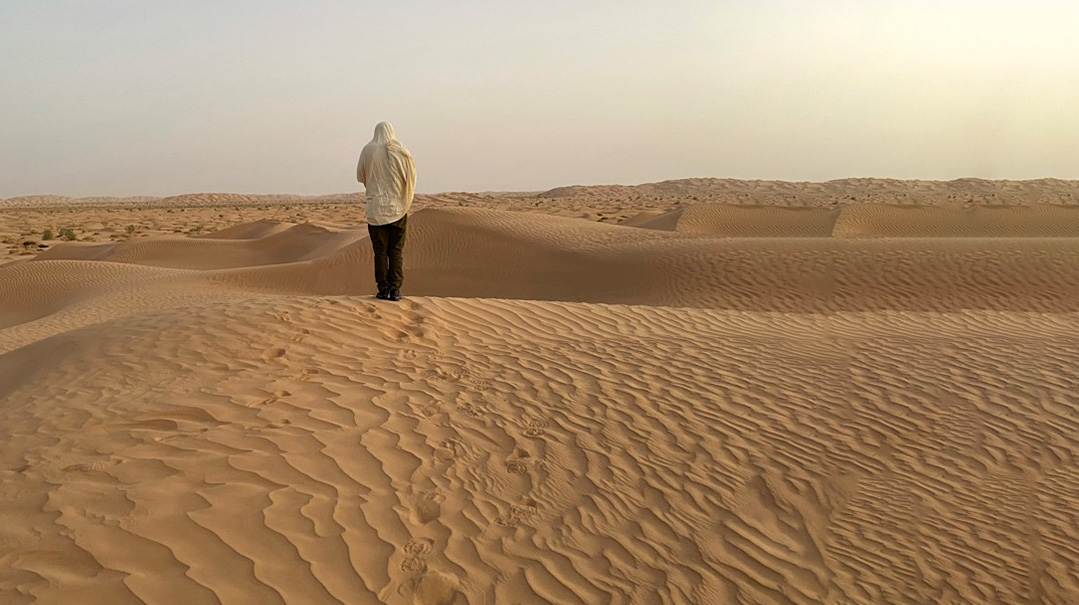Cold Turkey
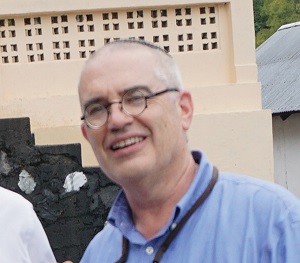
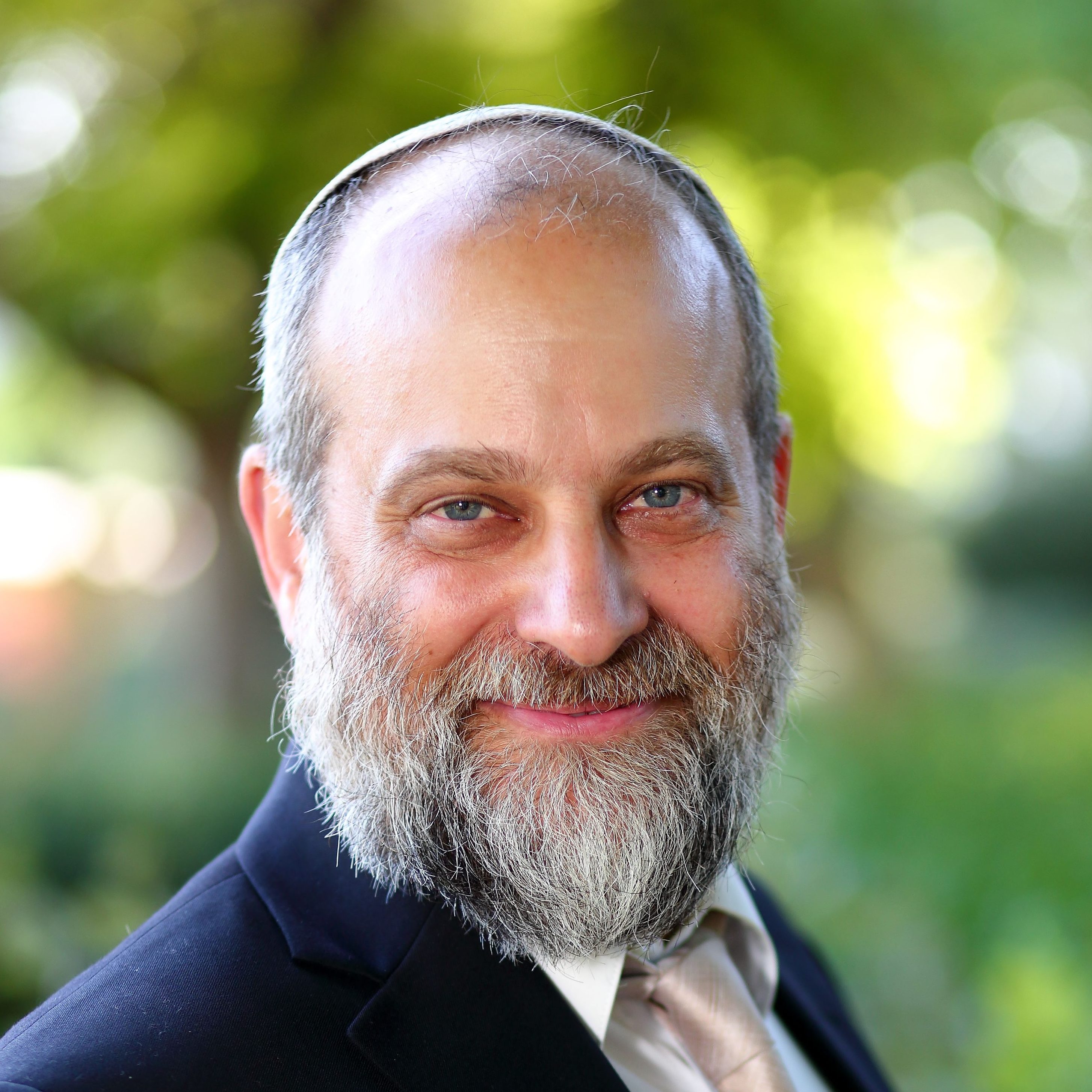
Deep in the Turkish countryside, there are dozens of ancient Jewish communities not on any tourist itinerary — and we wanted to see these enclaves before they disappeared forever.
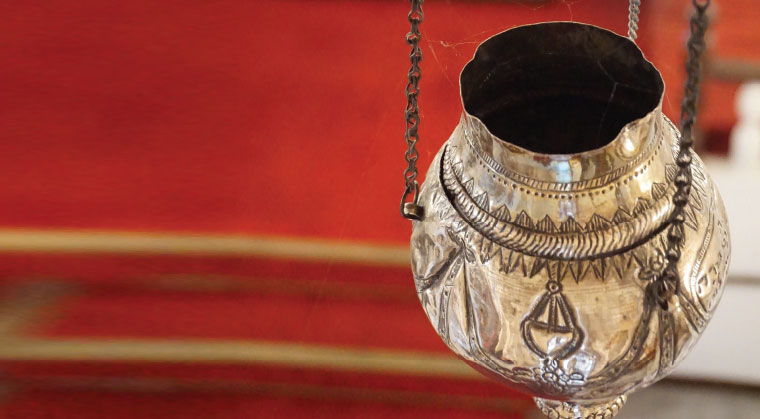
Back in 2011, we visited and wrote about the Jewish city of Izmir, Turkey, and the birth of its most inauspicious Jew, Shabtai Zvi. But when we went back recently to this Muslim country, we were on the lookout for something else: What about the small Jewish communities — surely not on any tourist itinerary — that still exist deep in the countryside but whose very existence seemed to be coming to an end?
The Jews built some exceptional communities and institutions in Turkey, the roots of which date back to the time of the Second Beis Hamikdash. Although these communities remained strong through the centuries, as with all things, Jewish kehillos have a life span and a cycle — and when we visited, we felt that Jewish life in Turkey, as it has existed for the past 500 years since the time of the Spanish Inquisition, was coming to an end.
And so, we began the challenging task of arranging to visit these small enclaves before they disappeared. Small pockets of Jews are widely dispersed over this huge country, yet only a handful of people are left in places where there had been a thriving Jewish presence for over five centuries. Communication would be complicated as these Jews rarely spoke English or Hebrew. The communities have their roots in Spanish Jewry, and these “original” Sephardim still cling to Judeo-Spanish, or Ladino, so Spanish was our only common language. In addition, there were the standard security concerns for Jews traveling in a Muslim country.
From our travels over the years, we’ve learned that Shabbos is the best time to get to know a community. It means not just passing through for an hour or two like a tourist, but that we’d have the opportunity to sit and speak to people and they’d have time to open up and tell us their stories. So we decided to find a place to spend Shabbos, despite the anticipated difficulties of not having a congregation of shomrei mitzvos or even a minyan. Still, we wanted to see firsthand what a community with a 500-year-old active, unique, and continuous mesorah was like.
Distinctly Jewish
Our contact was Rabbi Ishak Haleva, the chief rabbi of Turkey and a close friend of our travel partner, Rabbi Eliyahu Birnbaum. Rabbi Haleva holds the title Chacham Bashi, or official chief rabbi, as far as the Turkish government is concerned. (The Sephardic chief rabbi of pre-state Eretz Yisrael was also historically known as the Chacham Bashi, as he was the Jewish religious representative of the Ottoman Empire, which then ruled the Land of Israel.) Until today, in some Muslim countries, including Tunisia and Morocco, rabbis are state officials. Just as the Turkish government pays for Muslim judges for religious Islamic courts, rabbis are expected to manage the religious affairs of the Jewish community, such as marriages and funerals. Rabbi Haleva is familiar with every community in his country, and he helped us make contact with leaders of these ancient, dwindling kehillos.
The Ottoman Empire, which stretched from the walls of Vienna in Europe to Iraq in the East, was the only body that accepted — and even courted— the Jews who’d been expelled from Spain in 1492. There were indigenous Jews in Turkey before that, known as the Romaniot Jews, who spread out into communities stretching from Turkey to Greece even before the Common Era and the destruction of the Second Temple.
Today’s only active Romaniot shul still in existence is in New York City. Kehila Kedosha Janina Synagogue on the Lower East Side was built in 1925 by the waves of Greek refugees who came to the United States, yet already 500 years ago, the Sephardic refugees who flooded the Ottoman Empire eclipsed the Romaniot communities. Today, the Jews in Turkey are exclusively Sephardic communities that have never lost their direct chain of connection to Spain. Their food, their use of the Ladino language, and until recently their prayers and even clothing, remain as they have been for hundreds of years. Before the Holocaust, the Sephardic Jews in the empire were easy to identify as they often spoke the local language poorly and retained a distinct Jewish accent even after hundreds of years after leaving Spain. After the Holocaust though, globalization meant that even those who spoke Ladino began to adopt a more natural Turkish accent and no longer sounded specifically Jewish.
The Last President
The ancient city of Gazi Antep, known today as Antakya, has been home to Jews since the time of the Maccabees. It was known in antiquity as Antioch, and was mentioned in the Talmud and midrashim. According to tradition, this is where Chanah and her seven sons first rebelled against the wicked emperor Antiochus Epiphanes who was forcing Jews to stop performing bris milah and physically bow to the emperor. The Talmud Yerushalmi mentions three great expulsions of the Jews, one of which was to the gates of Antioch. The city sits a mere 20 kilometers from the Syrian border, and then it’s only a bit further to the ancient and important Syrian city of Aleppo, also known as Haleb.
Our host Yosef, who is one of the few Jews left in Antakya and is the last president of this Jewish community by default, spontaneously began singing “Heiveinu Shalom Aleichem” when he saw us wearing yarmulkes on our heads. Between our Spanish and his Ladino, we were able to communicate. He opened the small shul, which no longer has a minyan but which was once one of 15 synagogues in the city and packed with Jews. The aron kodesh once held eight ancient Torahs written on thick, soft brown g’vil parchment, which is rare today.
Border Blues
As Antakya is practically a stone’s throw from the Syrian border, Yosef has been able to stay in contact with the few hidden Jews who have remained in Syria. Most people assume no Jews are left in that war-torn country, but before every Pesach and Succos, Yosef travels 600 kilometers to Damascus laden with matzos or arba minim. We were shocked to learn that Jews are still in Syria despite the years of terror and civil war, and even more amazed that they wanted supplies for the Jewish holidays.
Over a million Syrian refugees have flooded Turkey since the Syrian civil war, and along the southern borderlands, we heard more Arabic than Turkish. Wearing a Muslim style hat as our yarmulkes, we were able to talk to these refugees about the war.
And since we were so close to the Syrian border, we had this wild idea that it might be possible for us to travel with Yosef to Aleppo, Syria, for a few hours, and have the exceptional opportunity to visit that ancient community. ISIS had recently been defeated in this area, and we felt that if we were together with Yosef, we’d be safe. We arrived at the border crossing and presented our passports, but were told that a visa was needed. We were actually a bit relieved, less because of not getting in, and more because we wouldn’t have to explain to our wives why we had decided to go on such a potentially dangerous side trip.
Just a Call Away
Back in Antakya, we visited the shuk and stopped in a clothing store to speak with a local Jew named David. When we arrived, he donned the yarmulke he keeps in his store, and we even conversed in Hebrew. David’s father was the shochet and mohel in years past, and David still has his father’s shechitah knives in one of the store’s closets. While we were there — in the Muslim shuk in the middle of Turkey near the Syrian border — David had no problem picking up his phone and dialing his daughter who lives in Israel. It was a bit surreal, but that’s how they live their lives. The Jewish community in Turkey is shrinking and most of the younger generation have emigrated to Israel and the West. A decade ago, there were 18,000 Jews in Turkey; now the estimate is less than 12,000. The main causes of the diminishing community are the increasing religious extremism in a country that was once proud of its secular heritage, as well as the terrible financial situation.
A Shul by Any Other Name
Anteb, another Syrian border town, has no Jews at all, but the shul has been restored by the Muslim Turkish government as a historic site. The large stone building sits silent and hollow, a testament to the thriving Jewish life that once was.
Similarly, in the town of Cholu, an hour south of Istanbul, no Jews remain. However, the building that was once a shul is now used as a mosque. Entering a mosque requires halachic consideration. Is it permitted? On the one hand, it is the place of worship of another religion and should apparently be forbidden. Yet the Rambam, in reply to a letter written to him by Ovadia the Convert, states unambiguously that “the Muslims are not idol worshippers at all. And they believe in one G-d in a proper manner.” Rav Ovadiah Yosef, echoing the Rambam, determined that not only may a Jew enter a mosque, he can also pray there, as has been done for centuries in the Mearas Hamachpeilah in Chevron.
We arrived at the former shul in this small town with great trepidation, not sure what would happen or how we would be greeted, since we were obviously foreigners. When we finally located the key-holder though, we were welcomed into the mosque. From the outside, the only addition to the original building was the tall minaret with loudspeakers on top. Inside, the niche in the wall for an aron kodesh was still present, as was the women’s section upstairs. To the right of the aron, a narrow staircase protruded into the room, leading to the tall platform, called a minbar, from which the imam gives his speeches. This platform was decked out in red cloth with a Turkish flag. We put on our tefillin and davened a meaningful, if bittersweet, Shacharis.
Seeing the framed quotes of the Koran on the walls, we wondered which Jews had lived here. Were they learned or simple? From where in Spain did their families originate 500 years ago, and where had they ended up now? As we were finishing up with Aleinu, “They bow down to meaningless and empty gods” held a special import. Just then, the imam arrived, having heard about the unusual visitors. He was cordial and did not kick us out. In fact, the key-holder even brought us back to his house for tea after we left the shul — the Muslims in Cholu know that they are living and praying in the homes of Jews.
Their Special Place
On our visit to Kirklareli, we met the last remaining Jew in town. This fellow runs the family gas station and holds the keys to the shul. We talked about his Jewish heritage and the once-vibrant community, and were surprised that he expressed feeling deeply connected, despite his isolation. He admitted that living so secluded from other Jews is difficult, and that despite his connection to Judaism and his desire to have a Jewish family, he is unsure what the future will bring.
Even so, we believe there is a special place in Olam Haba for the last Jew in each town. We have met many of them around the world. They hold the keys and wonder, What will happen when I’m no longer here? And if they function as the town’s chevra kaddisha, they’re doubly anxious as they think, Who will do my taharah when I die?
Whipping Willows
Ancient records tell of Romaniot Jews living in Bursa as early as the year 820, but it became an important center in the early 16th century as waves of Sephardim immigrated to Turkey. Visiting Bursa was like going back in a time tunnel. The old Jewish neighborhood is comprised of one central street, where all the shuls are located. Today there are about 30 Jews left in Bursa, and they still have a minyan on Shabbos. Additionally, as the community is still loyal and dedicated to its traditions, the Central Community in Istanbul sends a proper chazzan in official garb to lead the prayer services every Shabbos. Some parts of the davening, including Ein Kelokeinu, are still sung completely in Ladino. This nusach exists in a handful of communities around the world, including Sofia (Bulgaria), Salonika (Greece), Belgrade (Serbia), and Zagreb (Croatia), plus in some Sephardic kehillos in the United States.
Walking along the Jewish street on Erev Shabbos, it was easy to imagine what it must have been like 100 years ago — the aromas of Shabbos meals being prepared, the fresh laundry drying on the line, and little Jewish children playing outside in their best outfits after being told not to get them dirty before Shabbos. This pedestrian street enabled us to come face-to-face with a community that no longer exists, yet we felt that we had touched the past.
And for the residents who are still there, their Jewish life is anchored in Spain, with two spectacular remaining synagogues to show for it: one is called “Gerush” (“Expulsion”), because it was founded by refugees from Spain; the other is called “Chadash” (“The New”). Chadash is a relative term, as this synagogue is also at least 400 years old. A friendly group of people welcomed us for Shabbos. They had food cooked for us in the shul and in the home of the one shomer Shabbos family in town. There is well-organized, centralized kosher shechitah in Istanbul and that’s where our meat came from. However, almost everything else was fish and vegetables, and those are their primary staples. Suffice to say, we didn’t go hungry.
When we discovered an all-men’s hamam, or traditional Turkish bathhouse, we couldn’t resist going through the steps of an authentic Turkish bath, complete with heated coals and whipping branches. A dry heat room is followed by a cold shower and then by a hot steam room for as long as you can stand it. You next enter a hot, wet room with a raised stone platform. You lay facedown on the platform and a strong man comes over and soaps you down. Your body is cleansed with rough natural sponges, and then willow branches are slapped on your back and legs.
After that treatment, we went into the naturally heated pool. We were chatting between ourselves, when a large fellow came into the room and entered the water. We continued chatting and forgot he was there until we noticed him floating over to us. When he got close enough, he said “shalom aleichem,” the only two Hebrew words he knew. We wondered how he could tell we were Jewish. Turns out, we were inadvertently speaking Hebrew! He spoke Ladino and we had a special conversation with this self-identifying Jewish man, deep underground in a naturally heated spring. Kol Yisrael areivim zeh lazeh.
(Originally featured in Mishpacha, Issue 748)
Oops! We could not locate your form.
